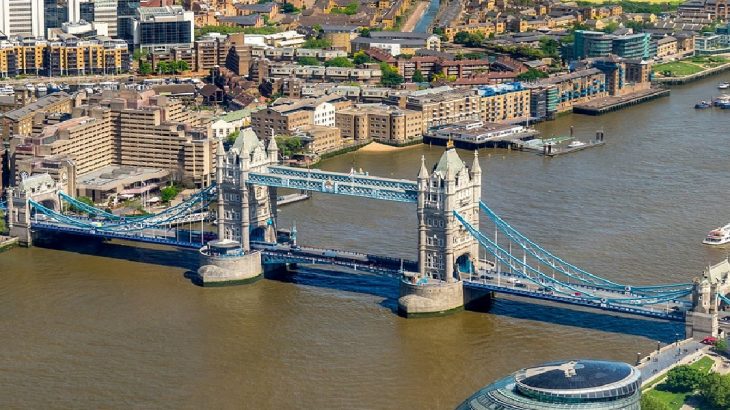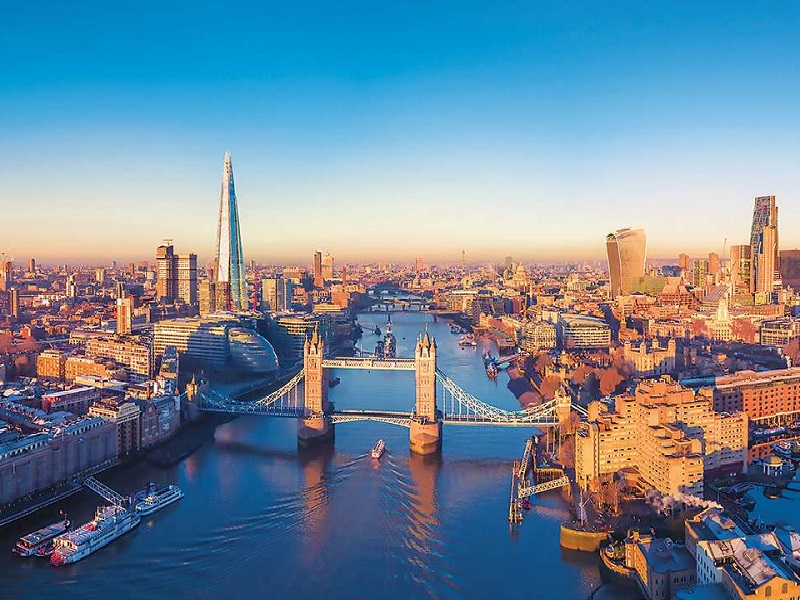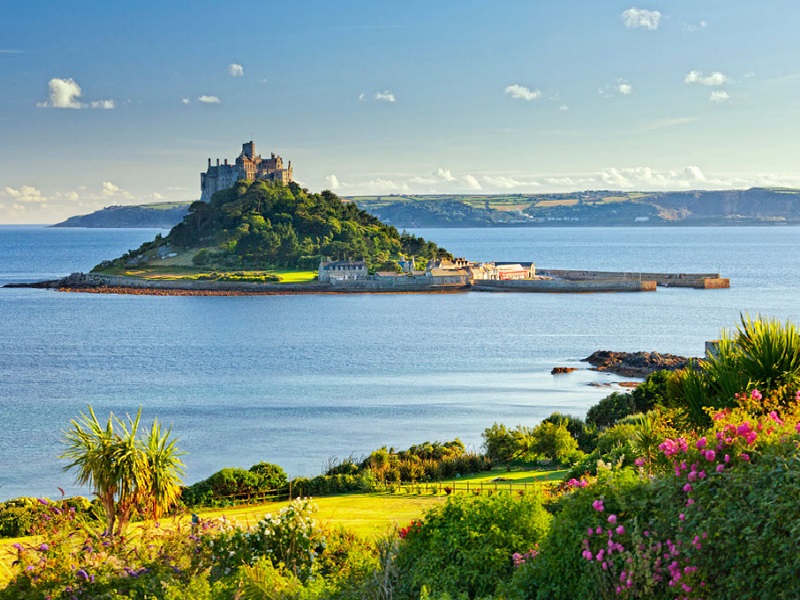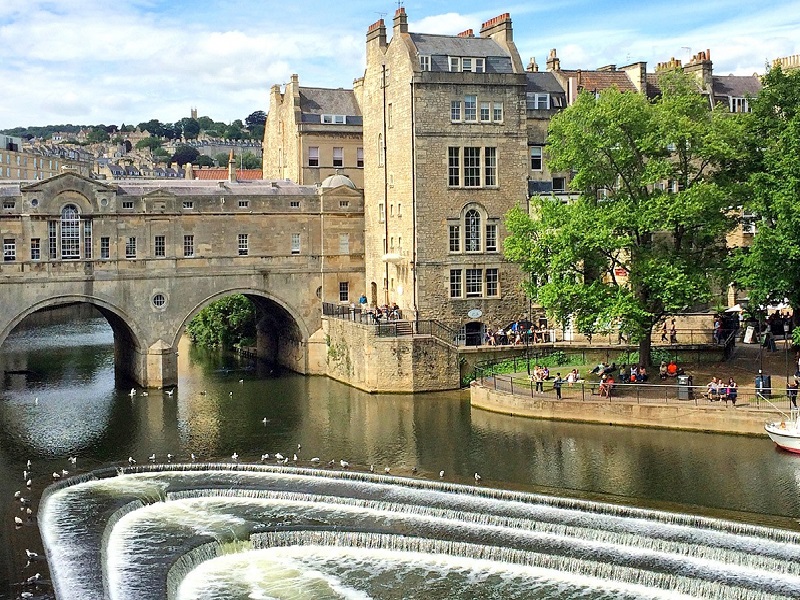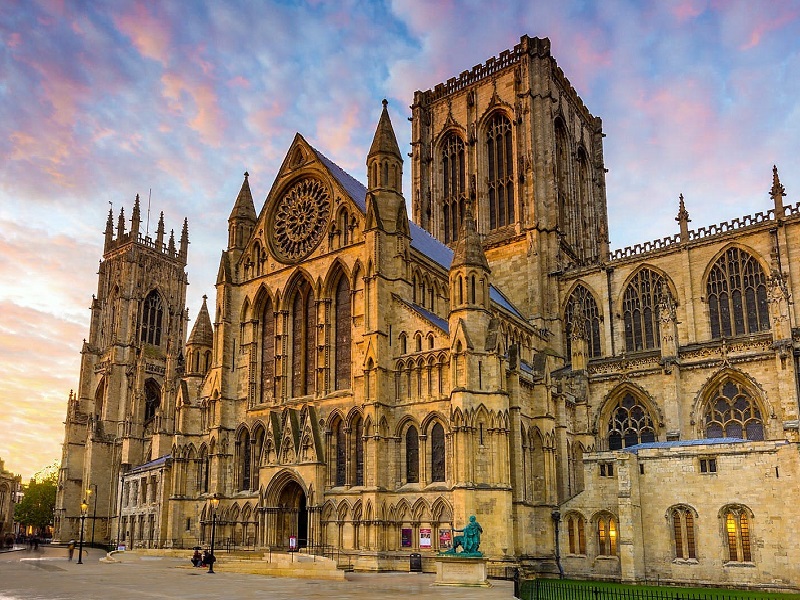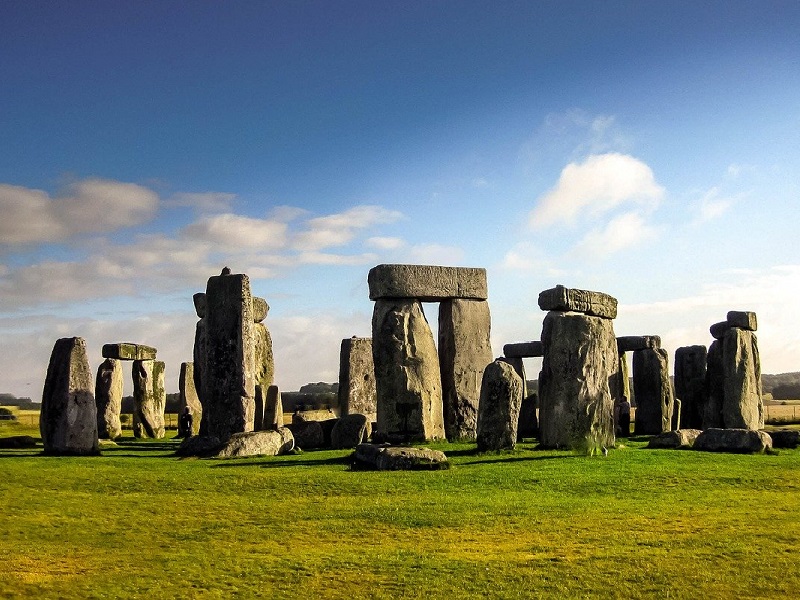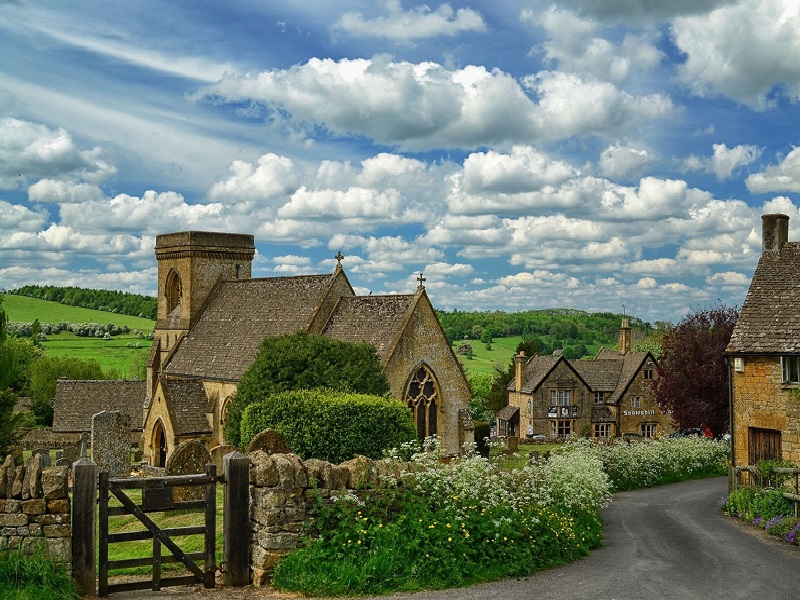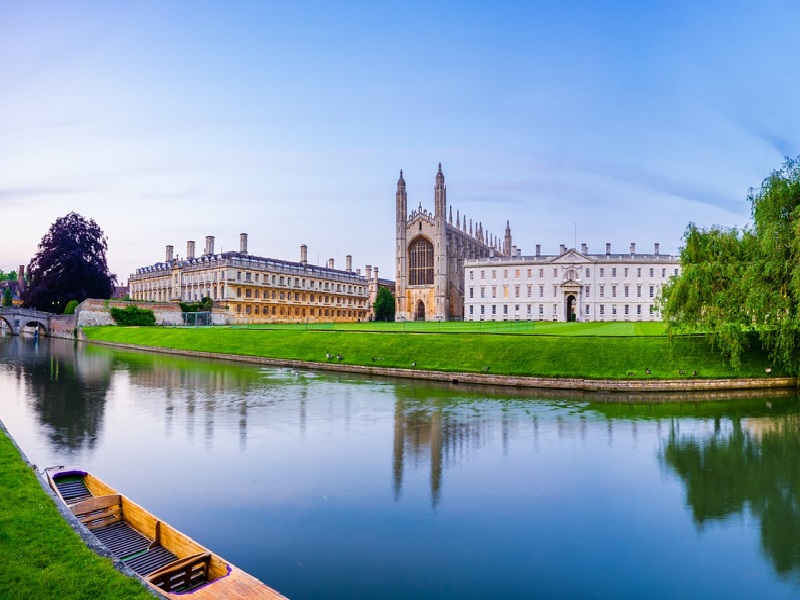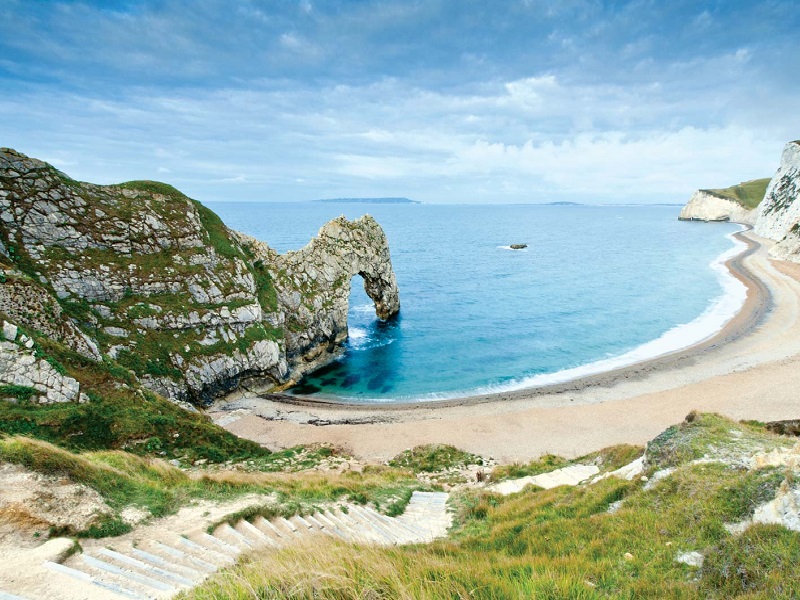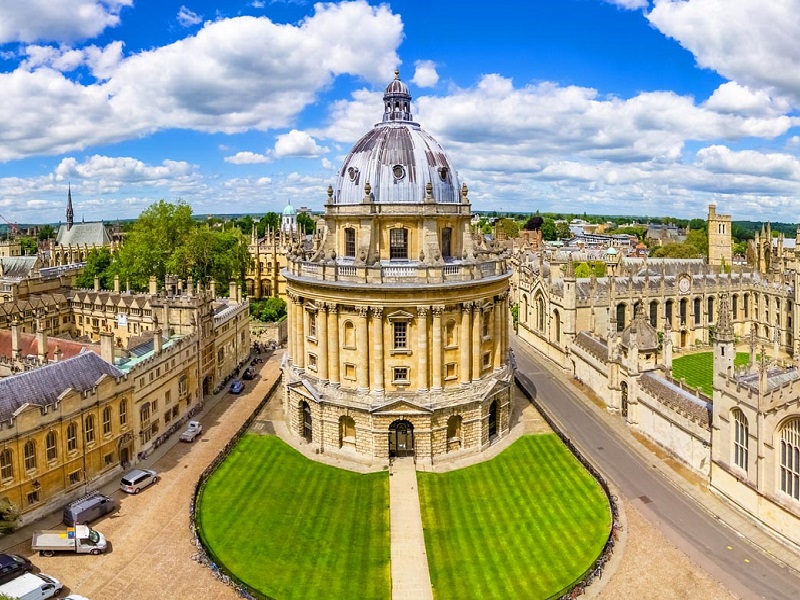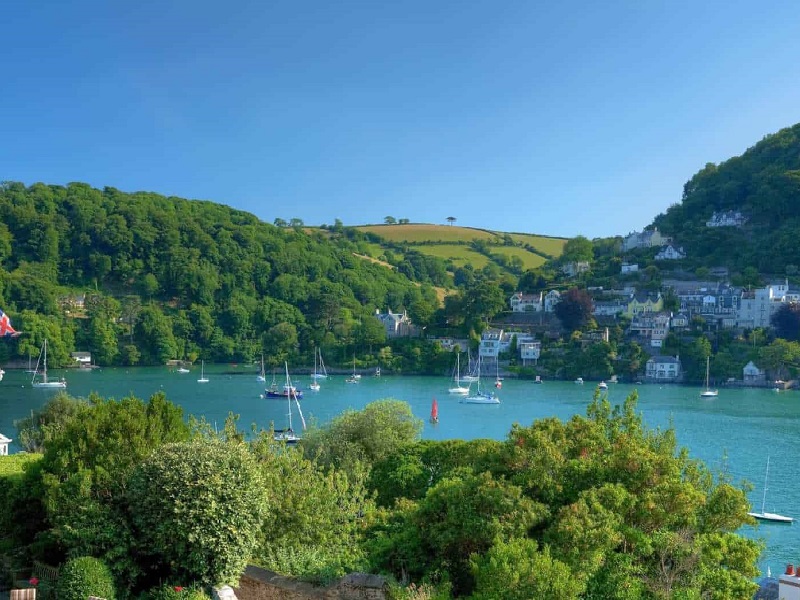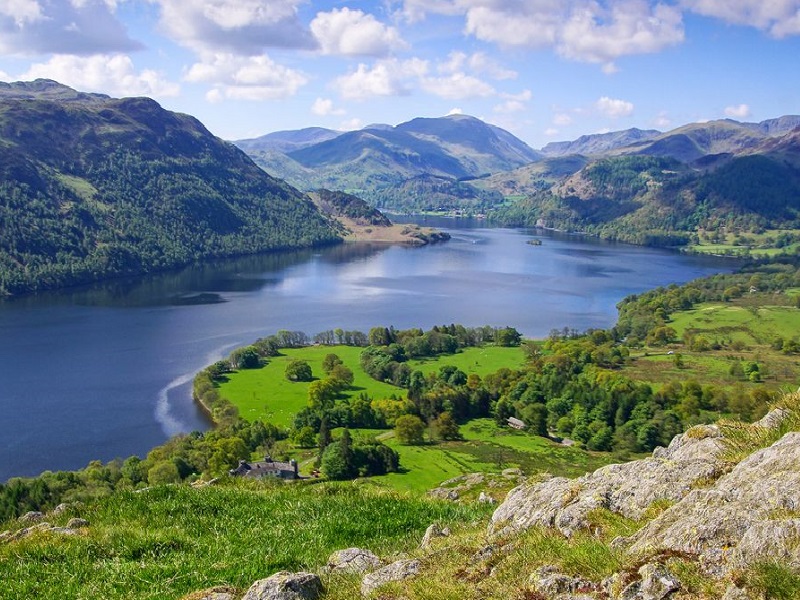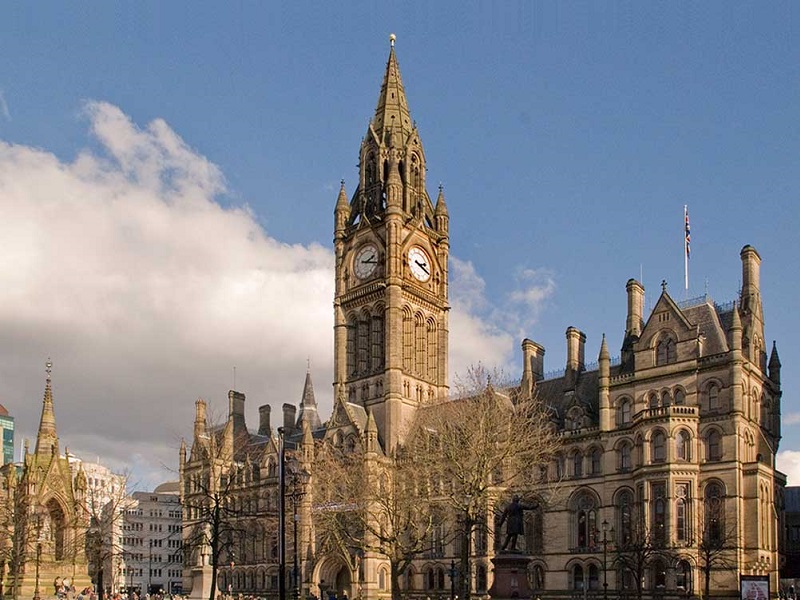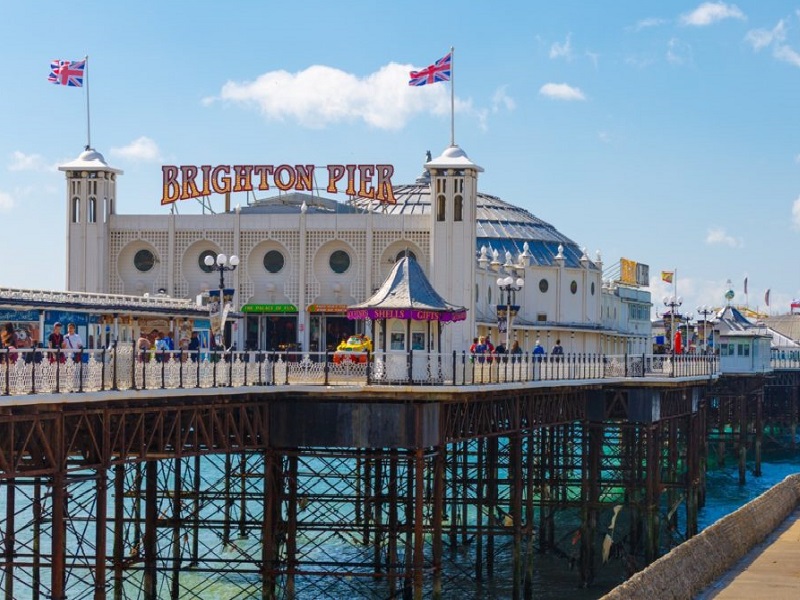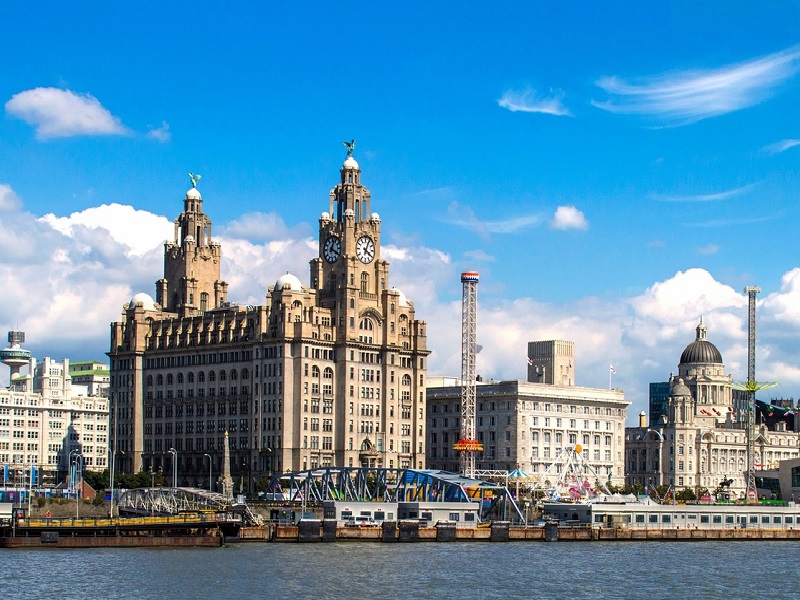England is one of the most popular countries in the world known for its beauty, grandeur, history, rich heritage, and culture. Located in Europe, England is the dream destination for a lot of people as it is home to antiquated market towns, famous urban communities, moving green slopes, Cornwall’s rugged cliffs, iconic coastlines, marvelous museums, and art galleries. Each city in the country has its own charm that draws millions of tourists throughout the year as part of England Tour Packages. There is clearly a long list of tourist places in England and it would be an insurmountable task to catalogue all that this little country has to offer. But here, Trawell.in present the some best places that everybody really ought to visit in England at its very best.
London
The capital city of England, London is one of the most popular cities in Europe, and among the most visited cities in the world. London depicts an amalgamation of both ancient and modern European cultures. The buzzing capital city of England has been home to the Royal Family for a long time. Besides, London is also known for its heritage architecture, creative art, world-class museums, film festivals, high-end fashion, and delectable cuisines. Buckingham Palace, Big Ben, St. Paul’s Cathedral, Westminster Abbey, National Gallery, British Museum, Tate and Tate Modern, Victoria and Albert Museum, and Hyde Park are some of the popular places to visit in London. Home to more than 1,000 galleries, London was an inspiration and setting for the rise of Shakespeare, Dickens, Orwell, Eliot.
Cornwall
Cornwall is defined by its magnificent unspoilt coastline, with 300 miles of dunes and cliffs, medieval harbors, and oak-forested creeks. Located in the far west of Great Britain, it is one of the favorite summer destinations in the UK, and among the must-visit places in England as part of Europe tour packages. While in Cornwall, tourists can explore the world’s largest greenhouse at the Eden Project, venture to the tidal island of Saint Michael’s Mount at low tide, or tuck into a delectable Cornish pasty that gives you a memorable and lifetime experience. St Michael’s Mount is one of Britain’s most surprising seaside areas as this little island is cut off from the terrain a few times each day, so it has a character the entirety of its own. The special palace rules this little island, standing gladly on top of a rough apex. Surfing is a big draw for all ages and lessons are available on most north-coast beaches.
Bath
Located in the valley of River Avon, Bath is one of the smaller cities in England, and among the must-visit historical places in England. The city got its name because of Roman baths built by the Romans in 60 AD. This historic Georgian and Roman Spa city is famed for its hot springs, Roman Baths, Georgiana architecture, and Medieval Heritage. A UNESCO World Heritage Site, this beautiful city has been luring visitors to its healing waters for more than 2,000 years. Gushing from three hot springs, the water is known to have curative properties. Besides, the city has an active cultural scene today, with live theatre and fine dining. This Roman-era city makes a good base to visit the monolithic Stonehenge.
York
The medieval walled city of York is one of the most popular tourist destinations in northern England. This is the second most visited city in England after London as it is home to some best preserved historical buildings and architecture. The main attraction of York is York Minster, the country’s largest medieval church that can trace its roots back to the spread of Christianity in the 3rd century, although the present Gothic structure was built almost 1,000 years later. The ancient city walls, which stretch almost five kilometers around the old medieval city center, and the Shambles, a narrow 14th-century roadway, famous for its fine old timber-framed buildings are some other landmarks worth exploring. Besides, the city of York also boasts several museums, the most popular being the National Railway Museum that houses a vast collection that includes many fine old steam engines dating as far back as 1820, plus a unique collection of Royal Trains. York is often referred to as the city of festivals as festivals are going on throughout the year.
Stonehenge
Stonehenge is a prehistoric monument found in Wiltshire, England. It is the most structurally complex ancient stone circle on the planet, and among the must-visit places in England, especially for history buffs. Archaeologists believe it was constructed from 3000 BC to 2000 BC and is one of the most seasoned UNESCO World Heritage Sites in the world. Covering an area of more than 20 sq. km, it consists of an outer ring of vertical sarsen standing stones, each around 13 feet high, 7 feet wide, and weighing around 25 tons, topped by connecting horizontal lintel stones. Inside is a ring of smaller bluestones. Inside there are free-standing trilithons, two bulkier vertical Sarsens joined by one lintel. It has been recorded that the stones of Stonehenge actually came from west Wales. Still, to this day, the purpose of Stonehenge is unknown but there are theories around a place of worship, thanks, ceremony, and community. The place boasts a state-of-the-art visitor center where one can get a fascinating glimpse not only into the construction of Stonehenge but also its history since then.
Cotswolds
If you are looking for a postcard-perfect destination for a Great British escape, then Cotswold is the place for you. Covering almost 1,287 square kilometers of pristine countryside, Cotswolds envelop portions of England’s prettiest districts – Gloucestershire, Oxfordshire, Wiltshire, Somerset, Worcestershire, and Warwickshire. With stone cottages, flowing streams, winding roads and pretty villages, Cotswolds is undoubtedly one of the most photographed corners of the UK. Castle Combe, Bibury, Cotswold Wildlife Park, Bourton-on-the-Water, and Stow-on-the-Wold. Besides, there are many quaint villages and idyllic pasturelands in Cotswolds where one can experience a true taste of rural English life. One of the most popular ways to do this is via the area’s extensive trail network, including the excellent 16-kilometer-long Cotswold Way.
Cambridge
Located in Eastern England on River Cam, Cambridge is a historic city that houses the globally recognized University of Cambridge. Founded in 1209, the University of Cambridge has 31 colleges, and its students make up almost 20 percent of the city’s population. Besides the University of Cambridge, this city is known to have the largest number of conserved monumental structures making it one of the most popular places to visit in England especially by architecture students and enthusiasts. One can enter some of the haloed ivory towers for free but expect some of the more famous colleges. Newnham, Christ’s College, King’s College, Trinity, Selwyn, and St. Johns are worth exploring. After touring the university, travelers may want to take a boat ride on the River Cam, visit the Fitzwilliam Museum with its huge collection of antiquities, or walk across the Mathematical Bridge that some claim is better than bridges in Venice. The city also has a lot of parks and other open spaces suitable for outdoor activities like walking, cycling, etc.
Jurassic Coast
The Jurassic Coast is a World Heritage Site on the English Channel coast in Southern England. Orcombe Point near Exmouth in East Devon to Old Harry Rocks near Swanage in East Dorset, a distance of 96 miles (154 km). It was inscribed on the World Heritage List in 2001 for its outstanding geology, revealing 185 million years of Earth’s history along its coastline. It is the first wholly natural World Heritage Site to be designated in the United Kingdom, and among the must include places in England tour packages. The Jurassic Coast consists of Triassic, Jurassic, and Cretaceous cliffs, spanning the Mesozoic. The rocks and fossils found along the Dorset stretch of the Jurassic Coast are from the Jurassic and Cretaceous periods – between 65 and 200 million years ago. This coast shows excellent examples of landforms, including the natural arch at Durdle Door, the cove and limestone folding at Lulworth Cove, and a tied island, the Isle of Portland. Chesil Beach is a fine example of both a tombolo (a deposition landform in which an island is attached to the mainland by a narrow piece of land such as a spit or bar) and a storm beach.
Oxford
Situated in central southern England, Oxford is one of the beautiful places to visit in England that dates back to Saxon England when it was known as Oxenaforda which means a place where oxen crossed a river. Today, it is home to 12th century Oxford University, the oldest university in the UK. The university comprises 38 equally attractive colleges, each set around a quadrangle and several inner courtyards along with chapels, libraries, dining halls, and student accommodations. The architecture of its 38 colleges in the city’s center made Matthew Arnold call it the ‘City of Dreaming Spires’. The Botanic Garden of the University is also a great peaceful place to spend a beautiful morning. Besides, one can also visit the remains of Norman castles, the Christ Church Cathedral, a college chapel and cathedral, the Carfax Tower, and the many fine old buildings of the town’s High Street.
Devon
Located in southwest England, Devon is one of the most charming holiday destinations encompasses with its beautiful sandy beaches, craggy coves, medieval towns, outstanding natural beauty, moorland national parks. It is the only place in England that has two National Parks and the only county in the UK to have a non-continuous coastline on both the north and south. Most people are drawn to the magnificent beaches on the south and north coasts, but inland Devon has its appeal. Dartmoor and Exmoor are vast granite plateaux offering solitude and big skies, while the gentler, Friesian-filled pastures of mid-Devon hide clusters of thatched villages, meandering rivers, and thickly wooded cleaves. Woolacombe Beach, Lydford Gorge, the majestic Exeter Cathedral, White Lady waterfall, and Plymouth’s National Marine Aquarium, etc., are some other places to visit in Devon. Tourists can also experience sheep racing at The BIG Sheep, a horse-drawn barge ride with the Tiverton Canal Company, or a journey on the Lynton and Lynmouth Funicular Railway while in Devon.
Lake District
Located to the north of the Cotswolds, Lake District is an area and a national park in Cumbria, northwest England. It is popular as one of the most favorite choices of tourists out of all places in England as it encompasses 12 of the country’s largest lakes. With an area of around 1,448 sq. km, this national park has been protected since 1951 and houses the highest mounting in England, Scafell Peak (978 meters), and the longest lake, Windermere that makes it one of the best places in England. Attracting more than 15 million visitors annually, this mountainous region is known for hiking, photography, outdoor adventures, cozy pubs, and visiting the homes of famous poets. Reaching the Lake District by train is easy and this narrow gauge steam train ride that passes through the center of the national park from Ravenglass deep into the Eskdale valley is an amazing experience.
Manchester
Manchester is one of the liveliest cities in England and is often the first stop for many visitors planning to explore northern England, Scotland, or Wales. Regarded as one of the most prosperous cities of England during the 18th and 19th centuries, Manchester is one of those cities in the UK which played a great role during the Industrial Revolution. The city is particularly known for its unique architecture, iconic music scene, football clubs, and a lot more. John Rylands Library, Museum of Science and History, People’s History Museum, and Castlefield, popular for its well-preserved Victorian houses, canals, and Roman ruins, are some popular attractions of Manchester. The music scene of Manchester is undeniably iconic with it being home to some of the latest popular independent groups and artists. It is one of the stunning offbeat destinations in Europe.
Brighton
Situated on the Sussex coast, Brighton has been a popular beach resort in England since the mid-19th century. Due to its proximity to London, the place is popular with day-trippers. The city is home to bustling markets, cobbled streets, graffiti art, the famous palace pier, ornate shops and restaurants, and traditional English gardens. The beachfront is lined with graceful old Victorian homes that today provide tourist accommodations. Be it a sea-facing yoga class, watching a skateboarding Jack Russell, or browsing through a surprisingly good beachfront hippy market, there is always something to enjoy in Brighton. Besides, the city also has a vibrant nightlife.
Liverpool
Liverpool is a city located in northwest England, close to the intersection of River Mersey and the Irish Sea. With a blend of the old heritage and the urban culture, this UNESCO maritime city is renowned for its vibrant culture, winning football teams, many historic buildings, buzzing nightlife, beautiful gardens, the great museums such as the Merseyside Maritime Museum, the Museum of Liverpool, and world-class art galleries like the Walker Art Gallery and the Tate Gallery. Among the best cultural destinations in Europe, the city is also associated with the Beatles. Music fans are drawn here for “Fab Four” related attractions such as The Beatles Story in the renovated Albert Docks area. Also worth seeing are the famous Cavern Club, where the band made its debut in 1961, as well as the former homes of John Lennon and Paul McCartney.
